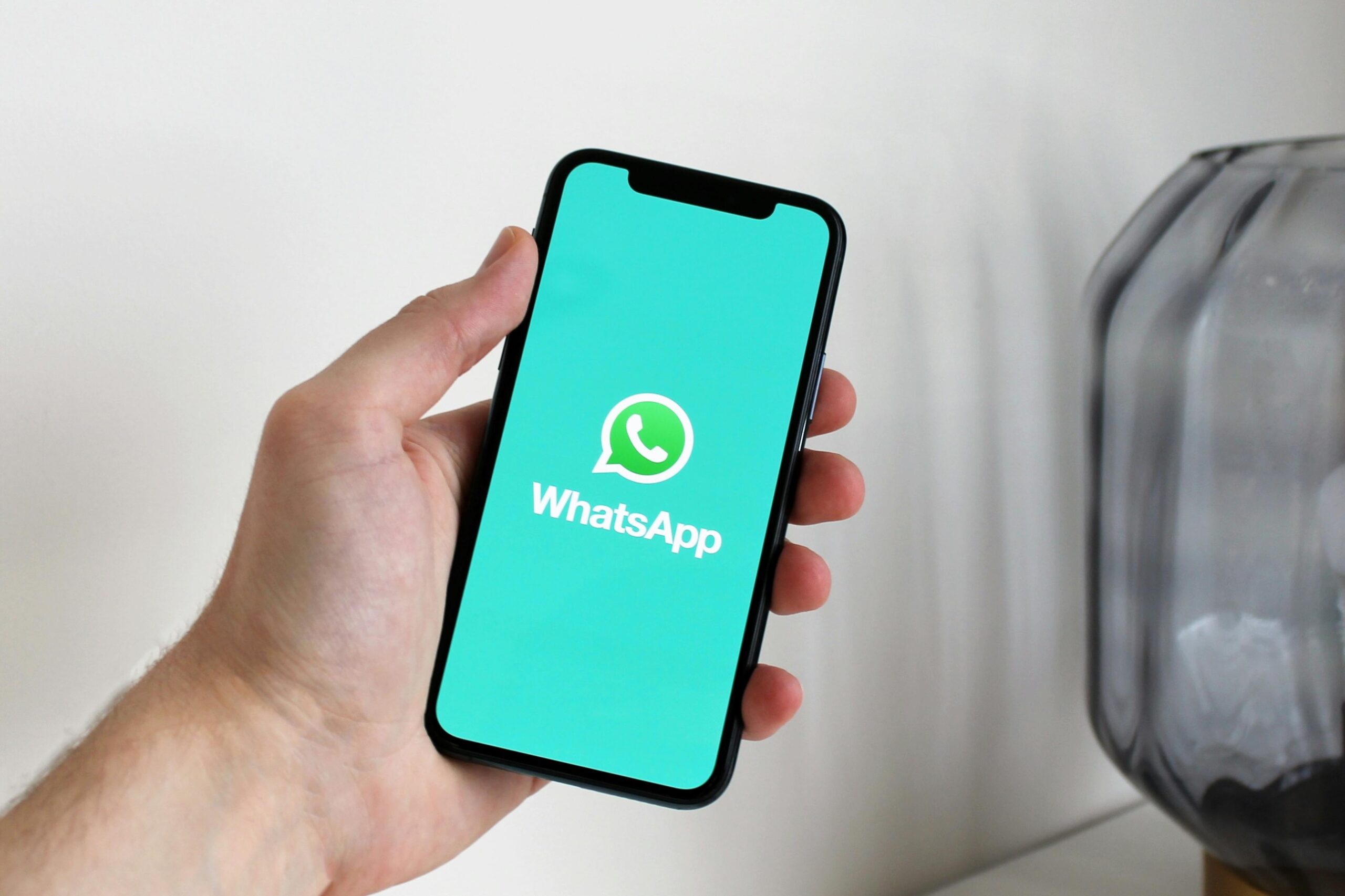For more than a decade, WhatsApp stood as a rare outpost of quiet in a noisy digital world. No pop-ups, no pre-rolls, no intrusive banners. Just clean, encrypted chats. But in June 2025, that ended. Ads are here now, nested in the “Updates” tab, and for marketers, it marks a significant turning point. Not just for WhatsApp, but for how we think about messaging platforms as a whole.
This change is subtle, yet seismic. It doesn’t interrupt conversations, at least not yet. It doesn’t rifle through private messages. But make no mistake, this is a platform pivoting from one philosophy to another. For brands and strategists, it opens up a carefully guarded garden gate. The challenge feels familiar. Like studying the Pi network price history, you can see the idealistic beginnings, the spikes of enthusiasm, the shifts toward something more structured. WhatsApp’s ad rollout follows a similar arc: once principled, now pragmatic.
Table of Contents
A Seat at the Quiet Table
Unlike typical social platforms, WhatsApp hasn’t historically been part of the big advertising machine. Its founders, famously allergic to monetization schemes, were vocal in their disdain for turning users into data points. But like the trajectory seen in the Pi network price history, from purist ambition to commercial inevitability—WhatsApp’s path shifted. Meta owns it now, and Meta doesn’t sit on $160 billion in revenue without looking under every rock for the next billion.
Still, the ad placements are, for now, gentle. No interruptions in personal conversations. No banner-blasted chats. The ads appear only in the “Updates” tab, home to statuses, a feature similar to Stories. These statuses vanish after 24 hours, but now, they’ll share the space with sponsored content.
For marketers, this is as if you’ve been given the last seat at a very exclusive dinner party. Everyone’s already talking. You can either make a memorable toast, or fumble the wine. Here’s the trick: you’re not shouting in a stadium. You’re whispering in a quiet room. The tone, format and purpose of your message need to evolve accordingly.
Small Space, Big Opportunity
The “Updates” tab isn’t where users spend the bulk of their time. But that’s part of the opportunity. You’re not one of a hundred ads in a scroll. You’re one of a few. It’s the difference between being an extra in a crowd scene and being a guest star with a few well-placed lines. This space is sparse. That means attention, if you earn it, is less diluted.
But you’ve got to know the room. WhatsApp isn’t designed for aggressive calls to action. If Instagram is Times Square, WhatsApp is a quiet café. Subtlety, relevance, and emotional intelligence win here. Think tone poems, not jingles. Think quality over clickbait.
Targeting Without Creeping
Let’s be clear: WhatsApp still promises not to snoop on your private messages. The platform remains end-to-end encrypted. Marketers won’t be targeting based on your gossip with your sister or weekend group chats. Instead, ad targeting will rely on non-invasive data: your country, city, language, the channels you follow, and how you engage with previous ads.
This is advertising with boundaries. No psychographic profiling, no uncanny mind-reading. Just broad signals and behavioral cues. That’s both limiting and freeing. It’s less creepy, which is a win for user trust. But it also means your creative work has to carry more weight. You can’t rely on pinpoint targeting to carry mediocre content. You need to resonate on a deeper level.
The Power of the Status Format
Status ads disappear after 24 hours. That’s a constraint worth embracing. Ephemeral content has urgency baked in. You can use it for limited-time offers, quick updates, or moments of connection that feel current and alive.
- Product drops
- Behind-the-scenes glimpses
- Timely partnerships
- Micro-stories and testimonials
And here’s a tip: consider how successful teams already use short-form updates across social media. The winning formula isn’t about polish; it’s about proximity. Get close, get real, and above all, keep it human.
Why This Isn’t Just Another Ad Channel
If you approach WhatsApp like just another billboad, you’ll miss the point. This isn’t a place to chase clicks. It’s a place to plant seeds. The user is in a private mindset. They’re texting friends, checking in with family, handling errands. This is intimate space. Respect that, and you’ll find yourself invited in, rather than ignored.
The best campaigns will feel native to the environment, and that’s conversational, warm. In fact, some of the smartest plays might involve conversational AI. Chatbots that serve, rather than sell. Brands that listen, rather than lecture. The quietest voices, paradoxically, might make the loudest impact.
Preparing for the Long Game
Will WhatsApp ads expand? Almost certainly. The platform has 3 billion users. No boardroom on earth leaves that scale untapped forever. The Updates tab is just the beachhead. But for now, marketers have a chance to lead with ethics and creativity before the space gets crowded and loud.
Here’s what to keep in mind:
- Respect the space: People didn’t come here to be sold to. They came to connect.
- Be relevant: Lean into local context. WhatsApp’s limited targeting means cultural fluency wins.
- Start small: Test, iterate, learn. This is a new format. Don’t pretend you’ve mastered it yet.
- Stay human: Humor, kindness, and humility will beat flash and noise every time.
A New Kind of Whisper Campaign
Back when the term “whisper campaign” meant something vaguely sinister, it referred to secretive, word-of-mouth efforts. But on WhatsApp, the whisper is literal. You’re in someone’s pocket, close to their day. You don’t shout. You lean in.
This isn’t about flooding the channel. It’s about adding value in micro-moments. If you can turn a status ad into a smile or a solved problem, you’ve already won. If not, you’ll be swiped away like yesterday’s news.
There’s no shortage of controversy around this move. Some users are jumping ship. But most won’t, at least not yet. That means attention is still on the table. For marketers, WhatsApp ads aren’t a nuisance. They’re more like a test. Can you be thoughtful? Can you be useful? Can you be welcome? Because that’s the bar now.

Andrej Fedek is the creator and the one-person owner of two blogs: InterCool Studio and CareersMomentum. As an experienced marketer, he is driven by turning leads into customers with White Hat SEO techniques. Besides being a boss, he is a real team player with a great sense of equality.
